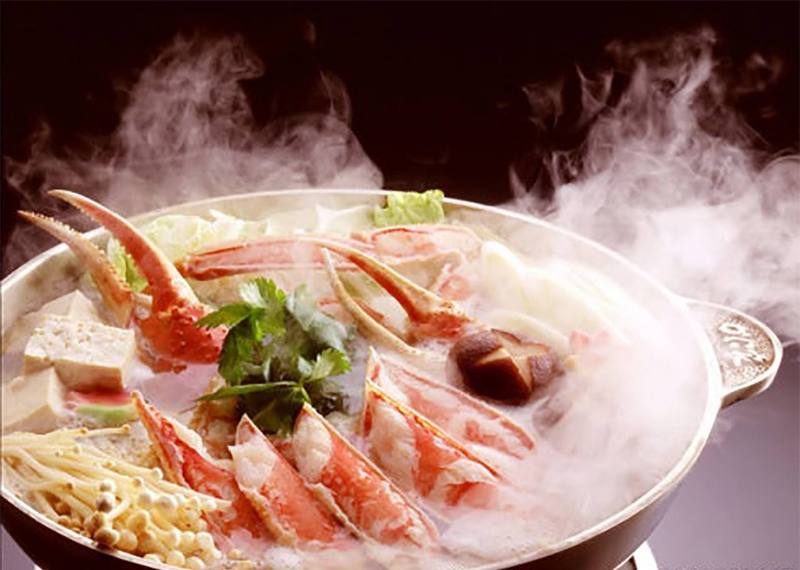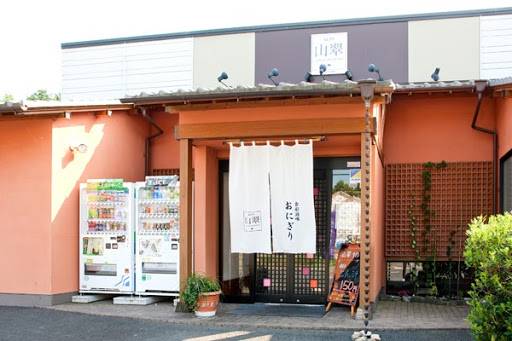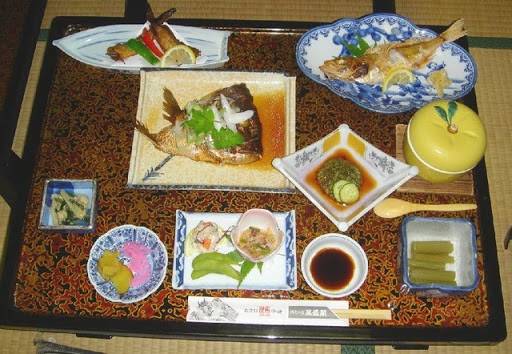Sapporo Kani Honke
Hokkaido crab hotpot, with fresh and delicious meat at reasonable prices; in Hokkaido, known for producing the 'king of crabs' king crab and the small yet tender hairy crab, the seasonal crabs in winter are robust and flavorful.
Sansui Food Service Headquarters
Ibaraki Prefecture's anglerfish hotpot, tender and rich in nutrients; anglerfish is a deep-sea fish that lives in the muddy sand at depths of 100 to 300 meters off the coast of Japan. Not only is the fish body edible, but everything from the fish head, internal organs, fish skin to the ovaries can be eaten, except for the bones. The fish meat is firm, with elastic fibers, and rich in collagen.
and Dining size1/3
Hiroshima Prefecture's oyster hotpot, with its rich broth, becomes more flavorful with each bite; Hiroshima's oyster production ranks first in Japan. In addition to various Chinese and Western-style oyster dishes, the local specialty oyster hotpot, which is rich in local flavor, is a must-try.
Kyushu Fukuoka's charming offal hotpot, a must-try specialty in Hakata City; the first thing you should try is the classic soy sauce flavor. The offal here is carefully selected from domestic Japanese beef, with a smooth and shiny appearance that clearly indicates its high freshness.
Kyushu Kurodaiko Ikebukuro
Yudofu (tofu hot pot), their tofu hot pot allows unlimited addition of small sardines to the broth. By adding plenty of small sardines, the broth is simmered to a rich sardine flavor, and the taste is very mild.
Zuboraya Fugu Cuisine
Osaka Prefecture's fugu hot pot, so delicious it feels heavenly; fugu meat is simmered with kombu, vegetables, and miso. When eating, lift the thin, translucent fish meat, dip it in some vinegar, and it's so fresh it will blow your mind!
Oga Banseikaku
Akita Prefecture's specialty hatahata fish hot pot is perfect for the winter season. 'Hatahata' is known as the prefectural fish of Akita, and the restaurant catches them during the peak season from late October to January.

















